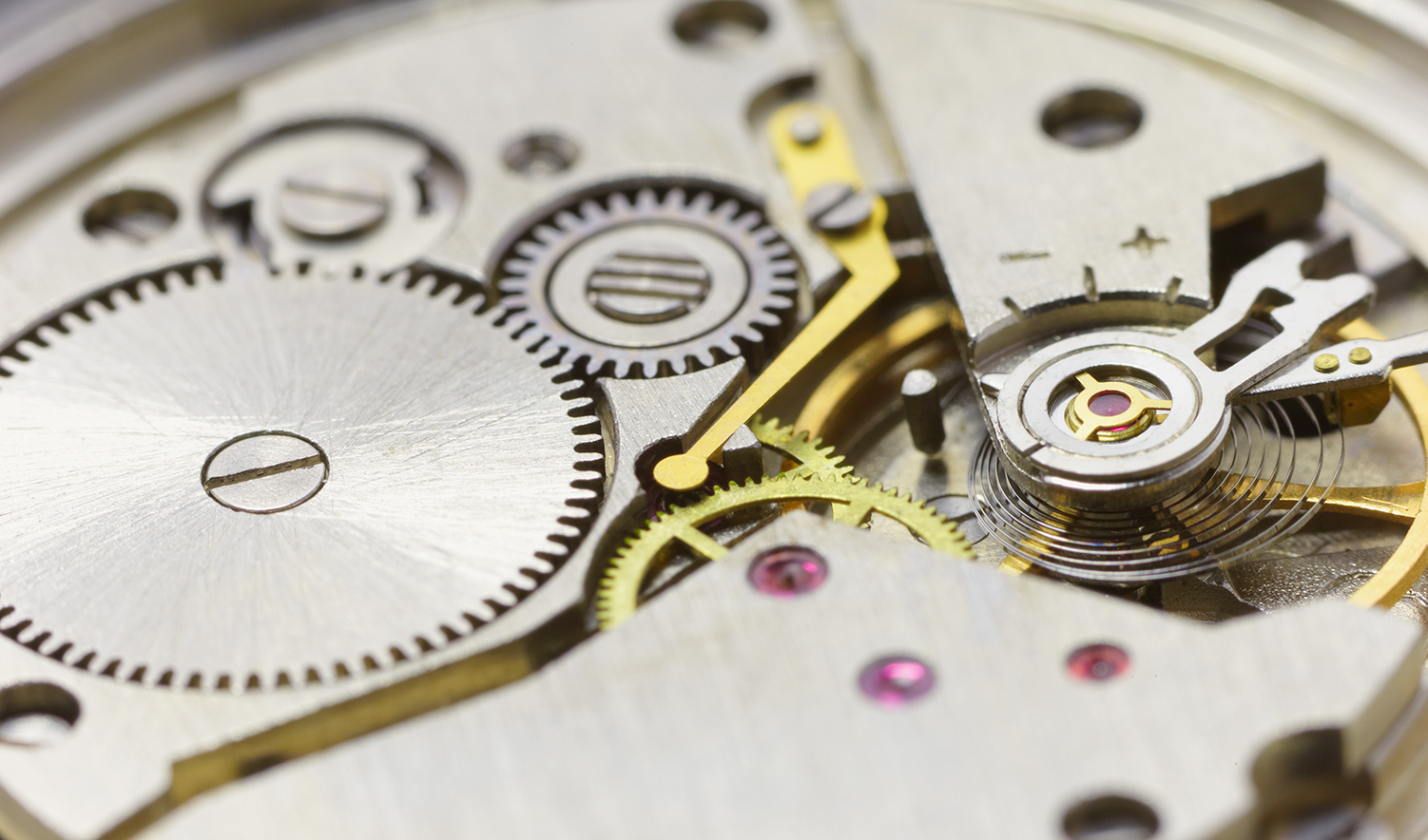Medical Laser Treatments
Lasers are tried-and-trusted medical instruments that precisely and gently treat human tissue without 'touching' it. Short-pulse lasers offer the additional advantage of a very low thermal penetration depth, practically eliminating damage to peripheral tissue.
It is no wonder that laser scan systems find uses in an ever-growing number of applications for healing or relieving disease pathologies and ailments.
Ophthalmic Laser Treatments

Surgical eye treatments employing lasers and scanners include a number of techniques to increase patient comfort and shorten both, operative and patient recovery times, e.g.
- Correction of vision defects (Microkeratome-Lasik, Femto-Lasik, minimal invasive lenticule extraction)
- Cataract removal
- Laser photocoagulation (treatment of retinal disease)
Laser scan systems quickly prevailed for these applications, and even made many of them possible in the first place, thanks to characteristics such as
- Dynamic and flexible: high mirror speeds and freely programmable ablation structures
- Precise and accurate: highest point accuracy and best position stability
- Reliable and safe: position detection monitoring and low downtime
- Non-contact: surgical surface remains germ-free
Customer-tailored Solutions
dynAXIS 421 and dynAXIS galvo scanners are available with analog position detectors for apertures from 3 to 30 mm and dynAXISse / de galvos with digital position detectors (encoders) offer exceptionally low drift and dither for apertures from 10 to 20 mm. The intelliSCAN series fully supports the iDRIVE technology, including ability to monitor all key state parameters such as mirror positions/speeds, power supply voltages and temperature in real-time. Expanding on this with SCANLAB's SCANahead technology, the excelliSCAN allows enormous gains in productivity and process accuracy. The varioSCAN II provides a dynamic z axis unit for 3D laser beam deflection. Equipped with a digital linear encoder, the varioSCANde II provides enhanced z position accuracy.
RTC6, RTC5 (20-bit) and RTC4 (16-bit) boards allow synchronous control of scan systems and lasers in real-time.
Aesthetic & Dermatological Treatments
Laser-based therapies in dermatology or aesthetic medicine employ highly diverse laser types that depend on the specific case, e.g.
- CO2 lasers (10.6 µm) or erbium-YAG lasers (2.94 µm) for skin rejuvenation and wrinkle removal (skin resurfacing)
- Alexandrite lasers (788 nm) for tattoo removal and treatment of pigmented lesions
- Diode lasers (805 nm) for hair removal
-
Dye lasers (595 nm) for treatment of scars, veins and pigmented lesions


Standard and Customer-specific Solutions
Medical Eye Treatments
Aesthetic and Dermatological Treatments


Laser Applications Freely Cross Industrial Boundaries
Laser processing methods are employed in numerous industries. Click a specific industry link to see a selection of processing methods that use galvanometer scanners.










